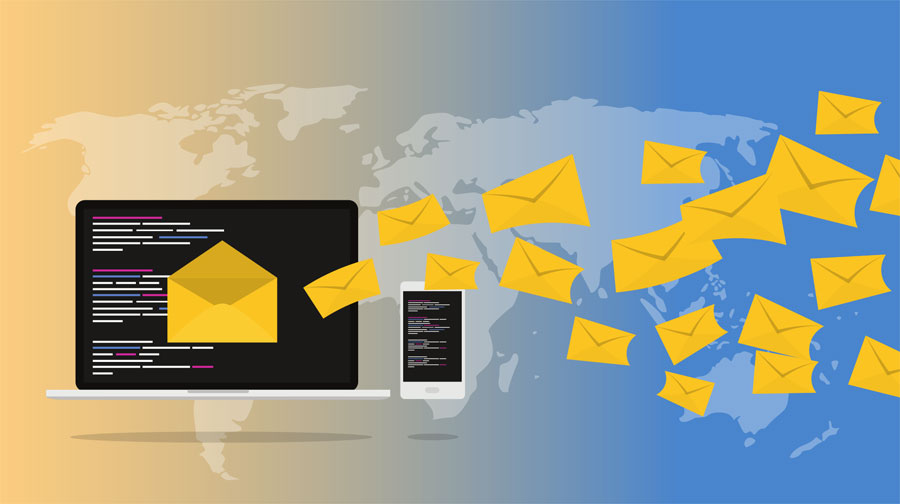Let an Email Autoresponder do the hard work
When using email mailing lists, they’re best run using some form of autoresponder if you have a series of messages to send out as part of a marketing campaign. It’s a good idea to think of these as smart little AIs that can perform certain actions for you, either when triggered or as a result of an action being taken by a website visitor.
To understand more, let’s dive into this topic a bit further.
What is an Email Autoresponder?
An email autoresponder is a useful system to automate email marketing that doesn’t require regular, direct one-on-one interaction. For companies wanting to sign up people for their mailing list, this is one potential use of them.
When a visitor opts in to an email list, they can be sent a pre-arranged series of email messages. These are written in advance – say, a batch of 10 pre-prepared and formatted messages – and sent out in a sequence to new subscribers.
Using the ‘Soft Sell’ Approach
The traditional way autoresponders are enacted is for email marketing purposes. When the visitors are being presented a product that’s expensive and needs several touchpoints before they will consider purchasing it, then getting them onto an email list retains the contact; otherwise, they leave the website and are likely never return again.
While the marketing messages don’t necessarily have to promote the product heavily, it can be featured here and there amongst helpful articles and useful links to online content. The idea is to ‘soft sell’ to avoid turning off the ‘prospect’ while slowly getting them more familiar with your offering. Featuring case studies about how the product helped other customers is one way to do this.
Multiple Lists, Multiple Sequences
Customising the marketing message is possible using different autoresponder marketing sequences. This is often best achieved by differentiating between new site visitors and previous buyers.
With new visitors, they’ll benefit from a gentle introduction to the product line, rather than the hard sell.
For previous buyers, featuring articles on best uses of the product and how it can be upgraded is more beneficial and adds value.
Making Autoresponders More Responsive
Going beyond traditional uses of autoresponders, email responses can be triggered by conditions that are predefined ahead of time.
An example of this would be a one-day discount on their birthday offered to previous customers who’ve supplied their date of birth. This provides an acceptable reason to get in touch, along with a benefit to the receiver. It also serves to keep the brand in front of the receiver, so they don’t forget about what the company can provide them.
Some smart mailing list providers can also use actions taken on the website to trigger subsequent emails to follow-up, e.g. abandoned shopping carts at the checkout stage triggering a discount offer if the purchase is completed.
With autoresponders, you get intelligent use of email through triggered responses and pre-planned marketing sequences that hit the mark. For big-ticket goods and services, this technological approach to email marketing works especially well.






Leave A Comment